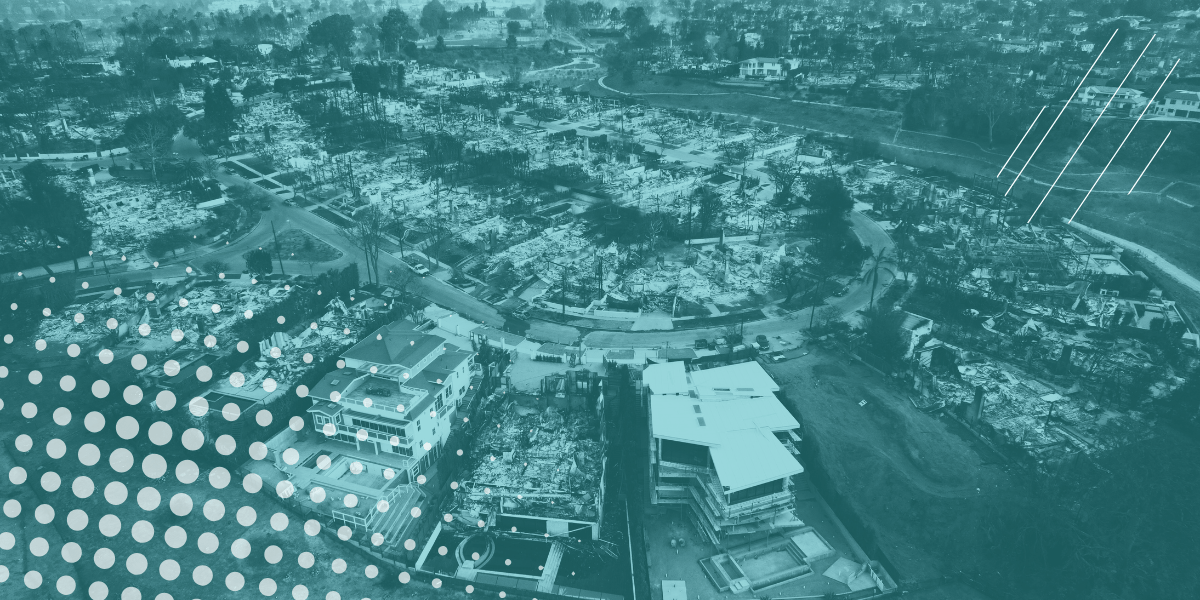
Source: SoSocial
Wildfire catastrophe models are set to reshape insurance in California. Reforms to the Golden State’s byzantine rulebook for carriers are ushering in a new age where these high-tech tools can be used to price wildfire risks — and the steps homeowners take to address them.
Optimists hope these changes will lead to a more stable, sustainable market, free of the abrupt premium hikes and insurer exoduses that have become the norm in recent years. Others worry it will lead to an opaque pricing regimen, one where excessive power is placed in the hands of a close-knit set of financial technology companies.
The new era began last month, when the California Department of Insurance (CDI) finally signed off on three wildfire catastrophe (cat) models designed by private companies Verisk, Moody’s, and Karen Clark & Company (KCC), following reforms introduced as part of Commissioner Ricardo Lara’s Sustainable Insurance Strategy (SIS). Now, carriers can use these models to set rates for wildfire-prone homes. In return, they have to write more business in high-risk areas across the state. It’s a bargain the CDI hopes will close coverage gaps, increase insurance choice for Californians, and relieve pressure on the FAIR plan, the state’s insurer-of-last-resort, which is still reeling from this January’s mega-fires.
For some, it’s a devil’s bargain. In an April letter, advocacy groups Public Citizen, Americans for Financial Reform, and Consumer Federation of America railed against “opaque catastrophe models” that operate with “limited transparency”, claiming the new system will leave policyholders “in the dark” on the reasons behind future rate hikes and underwriting decisions. To counter their influence, these groups are pushing lawmakers to fund a public cat model that can act as a check on its privately run counterparts.
For their part, industry veterans say the use of cat models for insurance pricing is long overdue — and essential. “The California market was essentially a game where the rules were impossible for the insurance companies,” says Nancy Watkins, a principal and actuary at consultancy Milliman. “Once we started having these big losses in 2017 and 2018, insurers’ perception has been: we have a lot of risk in California, we can’t charge for it, and the system is stacked against us.” The CDI reforms can now stop the market from “falling apart”, she explains.
Become a Member to read the rest.
Become a paying member to get access to this post and other member-only content.
UpgradeA membership gets you:
- Access to In-Depth Features
- Podcast Transcripts
- Access to Adaptation10 Series
- Access to S&P 500 Climate Physical Risk Signals
- Early Bird Access to Events

